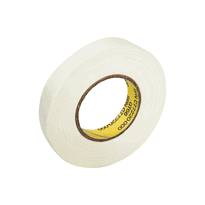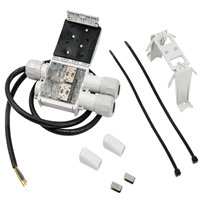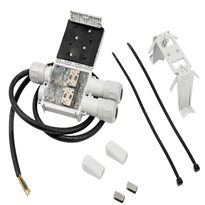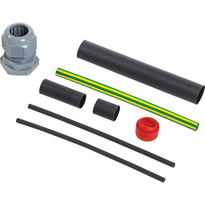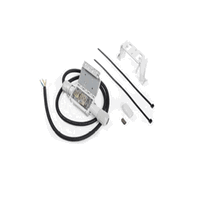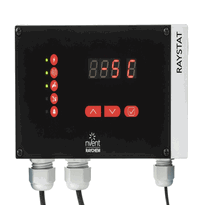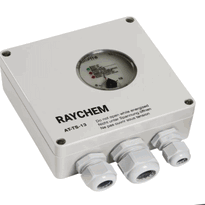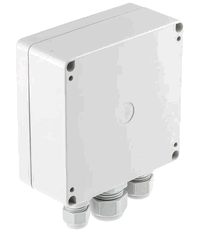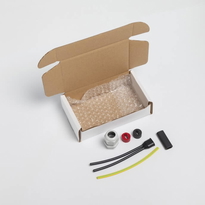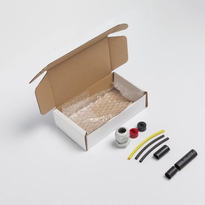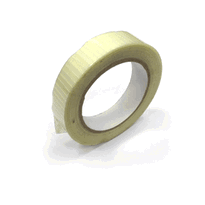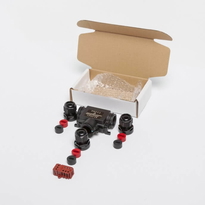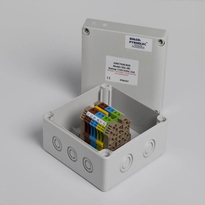Heat Wire for Water Pipes
Heat wires for water pipes are electrical heating cables designed to prevent freezing by maintaining consistent temperatures along the length of the pipe. They are available in various types, including self-regulating and constant wattage cables, each offering distinct advantages tailored to specific installation requirements and environmental conditions.
Proper installation is essential to ensure safety and efficiency. This involves securing the cable at regular intervals to prevent movement, ensuring the pipe surface is clean and dry beforehand, and following manufacturer instructions carefully. Adhering to safety standards is paramount throughout the process to prevent electrical hazards.
Continuing, this guide will provide comprehensive tips on installation, safety considerations, and maintenance practices to optimize the performance and longevity of your water pipe heating system.
Understanding the Role of Heat Wires in Protecting Water Pipes
Heat wires play a vital role in safeguarding water pipes from damage caused by freezing temperatures. They work by actively maintaining a controlled temperature along the length of the pipe, preventing the formation of ice inside. Ice can cause pipes to crack, leak, or even burst, leading to costly repairs and property damage. They are particularly effective when used in conjunction with insulation and weatherproofing measures to enhance protection. By providing consistent warmth, heat wires ensure that water continues to flow reliably during cold weather. This reduces the risk of plumbing issues and helps avoid significant inconvenience. These systems can be installed either inside the pipe or wrapped around it externally, offering versatile protection for interior, exterior, sewer, and buried pipes. Designed with user convenience in mind, many heat wire systems feature self-regulating technology. This technology adjusts the heat output according to environmental conditions, promoting safety and energy efficiency. It is important to select the appropriate insulation kits to maximize the effectiveness of heat wires and prevent heat loss. Proper installation and use of heat wires help ensure your plumbing remains functional and reliable throughout the colder months, giving peace of mind and safeguarding your property during winter.
Exploring Different Types of Heat Cable Technologies
Various heat cable technologies have been developed to provide effective freeze protection for water pipes, each designed to meet specific needs based on environmental conditions, pipe materials, and application requirements. Self-regulating cables automatically adjust their output according to pipe temperature, preventing overheating while conserving energy. Constant wattage cables deliver a fixed electric power output, requiring precise installation to match pipe dimensions and conditions. Mineral-insulated cables are capable of withstanding high temperatures and harsh environments, making them suitable for industrial settings. Heat tape offers a simple solution for small residential pipes, whereas fluid heat tracing circulates heated fluids such as steam or oils through pipes—an effective but more complex and costly method to maintain. Self-regulating systems are also advantageous because they can be safely overlapped and installed in complex configurations without risk of damage or overheating.
The following overview summarizes different technologies:
Technology |
Application |
Features |
| Self-Regulating | Residential and industrial freeze protection | Adaptive heat output, energy-efficient |
| Constant Wattage | Process temperature maintenance and uniform conditions | Fixed power requires controlled installation |
| Mineral-Insulated | Industrial use, high-temperature environments | Durable, high heat tolerance |
Understanding these options helps ensure the right choice of heat cable technology to meet specific needs, optimize energy usage, and maintain the integrity of water supply systems, especially during colder UK winters. Incorporating sustainable insulation materials can further improve overall system efficiency by reducing heat loss.
Tips for Installing and Maintaining Heat Wires Effectively
Proper installation and ongoing maintenance of heat wires are essential to ensure their effectiveness and safety in preventing water pipe freezing. Before installation, pipes should be thoroughly cleaned with mild dish soap and warm water, ensuring no excess moisture remains that could compromise electrical safety or cable adhesion. After cleaning, pipes must be dried completely. It's advisable to check for any residual moisture by running a hand along the surface before proceeding. Properly prepared pipes help improve heat cable adhesion and efficiency. During installation, position the heat cable along the bottom of horizontal pipes or on the weather-facing side of vertical pipes. Secure the cable every 15 centimeters with electrical tape to maintain consistent contact. Avoid overlapping cables or twisting any excess length, as this can lead to uneven heating or potential damage. It's important to verify that the heat wires used are certified for household or outdoor use and meet relevant safety standards. Regular inspections, particularly before the onset of winter, are crucial to identify any damage or signs of wear. Routine maintenance and testing ensure the safety and longevity of the heating system. This proactive approach helps maintain optimal performance and safety of the heating system.
Conclusion
Proper selection, accurate installation, and regular maintenance of heat wires are vital for effective water pipe protection in freezing conditions. Understanding the different cable types and strictly following manufacturer guidelines ensure safety, reliability, and long-term performance. Implementing these best practices reduces the risk of pipes freezing and sustaining damage, resulting in improved system efficiency and extended lifespan of the infrastructure.
This practical approach offers a clear framework for safeguarding water supply systems against cold weather, highlighting the importance of precise installation and ongoing upkeep. Consistent attention to these details ensures optimal functionality and helps prevent costly repairs or disruptions caused by cold-related pipe failure.








